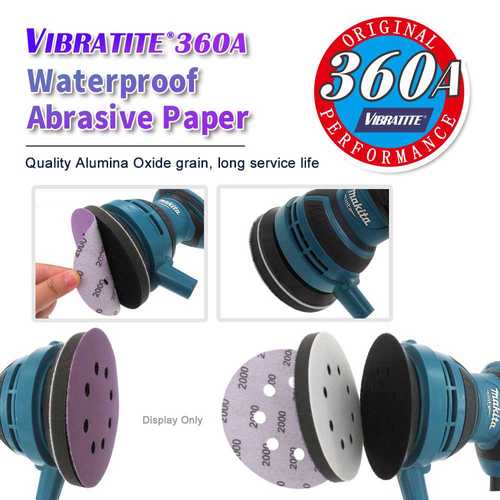Understanding Sanding: A Comprehensive Guide
When it comes to achieving a smooth and polished finish on various materials, sanding is an essential process. Whether you are working on wood, metal, or plastic, understanding the different aspects of sanding can greatly enhance the quality of your work. In this article, we will delve into the world of sanding, exploring its various types, techniques, and tools.
Types of Sanding
Sanding can be categorized into two main types: dry sanding and wet sanding. Dry sanding involves using sandpaper or a sanding block to remove material from the surface of a material. This method is commonly used for wood, metal, and plastic. Wet sanding, on the other hand, involves using water or a liquid medium to lubricate the sandpaper and reduce dust. This method is often preferred for sanding materials like glass, ceramics, and certain types of wood.
Tools for Sanding
There are several tools available for sanding, each designed to cater to different needs. Here are some of the most commonly used sanding tools:
| Tool | Description |
|---|---|
| Sanding Paper | Available in various grit sizes, sanding paper is used to remove material from the surface of a material. It comes in different shapes, such as sheets, rolls, and sanding blocks. |
| Sanding Block | A sanding block is a flat piece of wood or plastic with sandpaper attached to one side. It provides a stable surface for sanding and is ideal for sanding curved or contoured surfaces. |
| Sanding Sponges | Sanding sponges are soft, flexible sanding tools that are perfect for sanding soft materials like wood, plastic, and metal. They come in various grit sizes and are ideal for sanding intricate or hard-to-reach areas. |
| Sanding Machines | Sanding machines, such as orbital sanders and belt sanders, are powerful tools that can cover large areas quickly. They are ideal for sanding large projects or surfaces that require a lot of material removal. |
Techniques for Sanding
Proper sanding techniques are crucial for achieving a smooth and even finish. Here are some key tips to keep in mind:
-
Always sand in the direction of the wood grain to avoid creating swirl marks.
-
Start with a coarse grit sandpaper and gradually move to a finer grit for a smoother finish.

-
Use a sanding block or sanding sponge for sanding curved or contoured surfaces.
-
Apply even pressure while sanding to avoid creating uneven spots.
-
Regularly check the surface for any imperfections or areas that require additional sanding.
Choosing the Right Sandpaper
The choice of sandpaper grit size depends on the material you are working with and the desired finish. Here is a general guideline for selecting the appropriate grit size:
-
Coarse Grit (60-80): Ideal for removing material quickly and smoothing out rough surfaces.
-
Medium Grit (100-120): Suitable for achieving a smoother finish and removing any remaining imperfections.
-
Fine Grit (150-180): Perfect for achieving a very smooth finish and preparing the surface for painting or finishing.
-
Very Fine Grit (220-240): Ideal for achieving a super-smooth finish and preparing the surface for high-quality finishes.
Conclusion
Sanding is a fundamental process in achieving a high-quality finish on various materials. By understanding the different types of sanding, tools, techniques, and sandpaper grit sizes, you can effectively sand your projects and achieve the desired results. Remember to always sand in the direction of the wood grain, use the appropriate grit size, and apply even pressure to achieve the best possible finish.
